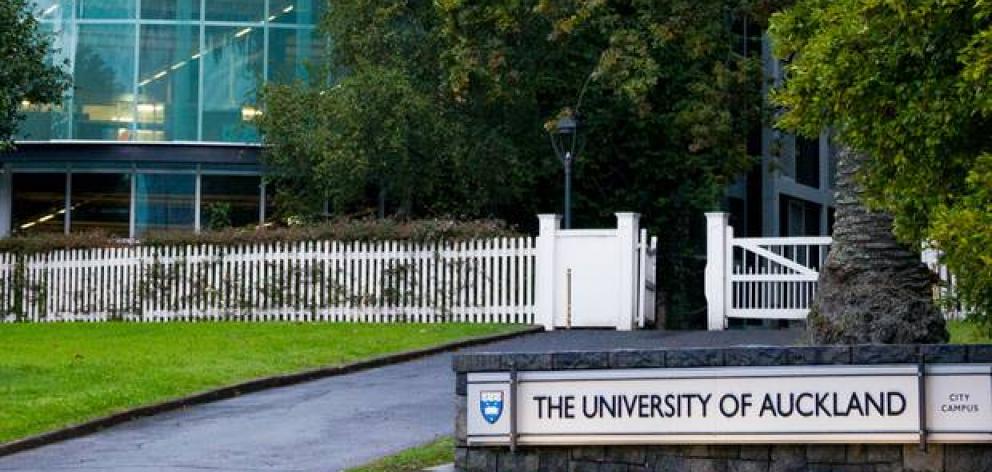University of Auckland: ‘Asian’ label hides health inequalities among school students
The simplistic label of ‘Asian’ is hiding just how different the experiences are of secondary school students from different Asian backgrounds, especially when it comes to mental distress, new research from the Youth19 survey shows.
The results highlight how misleading it can be to group young people of Asian identity into a single category as often happens in health and governmental studies, says Associate Professor Roshini Peiris-John, of the University of Auckland.
The Youth19 survey is the latest in the Youth2000 survey series which asks more than 7,000 students about everything from family life to sexual activity. Of these, nearly 2000 – or one-quarter – identify as Asian. `Asian’ captures everyone from Afghanistan in the west to Japan in the east and from China in the north to Indonesia in the south. It also covers everyone from new arrivals to those who have multigenerational ties to New Zealand.
But the new data show South Asian students, from India, Sri Lanka, Pakistan, Afghanistan, Nepal, Bhutan, Maldives, and Bangladesh, experience higher rates of poverty, with 15% having parents who always worried about money for food. Students from East Asian countries, from China in the west and north to Japan in the east and Indonesia in the south, are less likely to report concerns around poverty.
East Asian students have higher mental health needs than South Asian students, with about a third experiencing significant depressive symptoms. East Asian students were also less likely to access health care (73%) and had higher unmet health care needs (21%).
“Not having to hear racism as ‘banter,’” would make school better, a 17-year-old boy says
“Getting away from that overly broad ‘Asian’ label opens up opportunities for targeted interventions,” says Dr Peiris-John, co-director of the Centre for Asian and Ethnic Minority Health Research and Evaluation (CAHRE) at the University of Auckland and lead author of the report.
The report also highlights the high rates of mental distress and discrimination experienced by both East Asian and South Asian young people. One-in-three East Asian and South Asian girls experienced significant depressive symptoms.
The biggest problem for young people today is “feeling like they have to fit into the image that society wants us to be like, e.g., skinny, pretty, have the best phone or have a boyfriend,” says a 15-year-old Pakistani female respondent. For a 15-year-old female Chinese survey participant, the biggest problem is “Anxiety and depression, not having someone to talk to and being afraid to speak about it.”
Among boys, more East Asian boys (22%) than South Asian boys (11%) experienced significant depressive symptoms. Dr Peiris-John is particularly concerned about the study’s findings on suicide.
One-in-four (26%) Asian girls (and 16% of Asian boys) said they had seriously thought about killing themselves in the previous 12 months (compared to 23% of European girls and 15% of European boys). “Asian students often experience pressure to uphold the perception that they are successful, accomplished and resilient. These pressures and expectations could affect mental health. Even worse, mental health issues are often hidden, as the stereotype also acts as a barrier to accessing support,” says Dr Peiris-John.
Students from all Asian groups reported high rates of racism and discrimination, and safety concerns.
One-in-four said they were treated unfairly by a teacher because of their ethnicity (compared to 14% of Pākehā and other European students)
10% said they were bullied in school because of their ethnicity or religion (compared to 3% of Pākehā and other European students)
5% said they were treated unfairly by a health professional because of their ethnicity (compared to 3% of Pākehā and other European students)
45% felt unsafe in their neighbourhood (compared to 39% of Pākehā and other European students)
Getting away from that overly broad ‘Asian’ label opens up opportunities for targeted interventions
Dr Peiris-John
For a 14-year old Sri Lankan respondent, the biggest problem for young people is being scared “to go out and show their religion in public without getting hurt.”
A 17-year-old Asian boy says, “Not having to hear racism as ‘banter’ and having to put on a face to adapt and go along with it would make school life better.”
“Experience of discrimination and racism is known to be an underlying cause for poorer health outcomes, reduced access to health care, and ethnic health inequities,” says Dr Peiris-John. The impact of racism on mental health among Asian communities in New Zealand has been highlighted by the Suicide Mortality Review Committee.
The authors of the report suggest measures including:
Disaggregating data for specific Asian ethnic groups in youth health studies
Addressing racism and discrimination experienced by young people of all Asian groups
Creating safe and inclusive physical and social spaces in schools, communities, and health care settings for all young people
Improving access to health care, avoiding a one-size-fits-all approach
Addressing the invisibility of Asian health in national strategies and planning
The Youth19 study is jointly led by Associate Professor Terryann Clark of the University of Auckland and Associate Professor Terry Fleming of Victoria University, and draws on work by researchers from the universities of Auckland, Victoria, and Otago.

